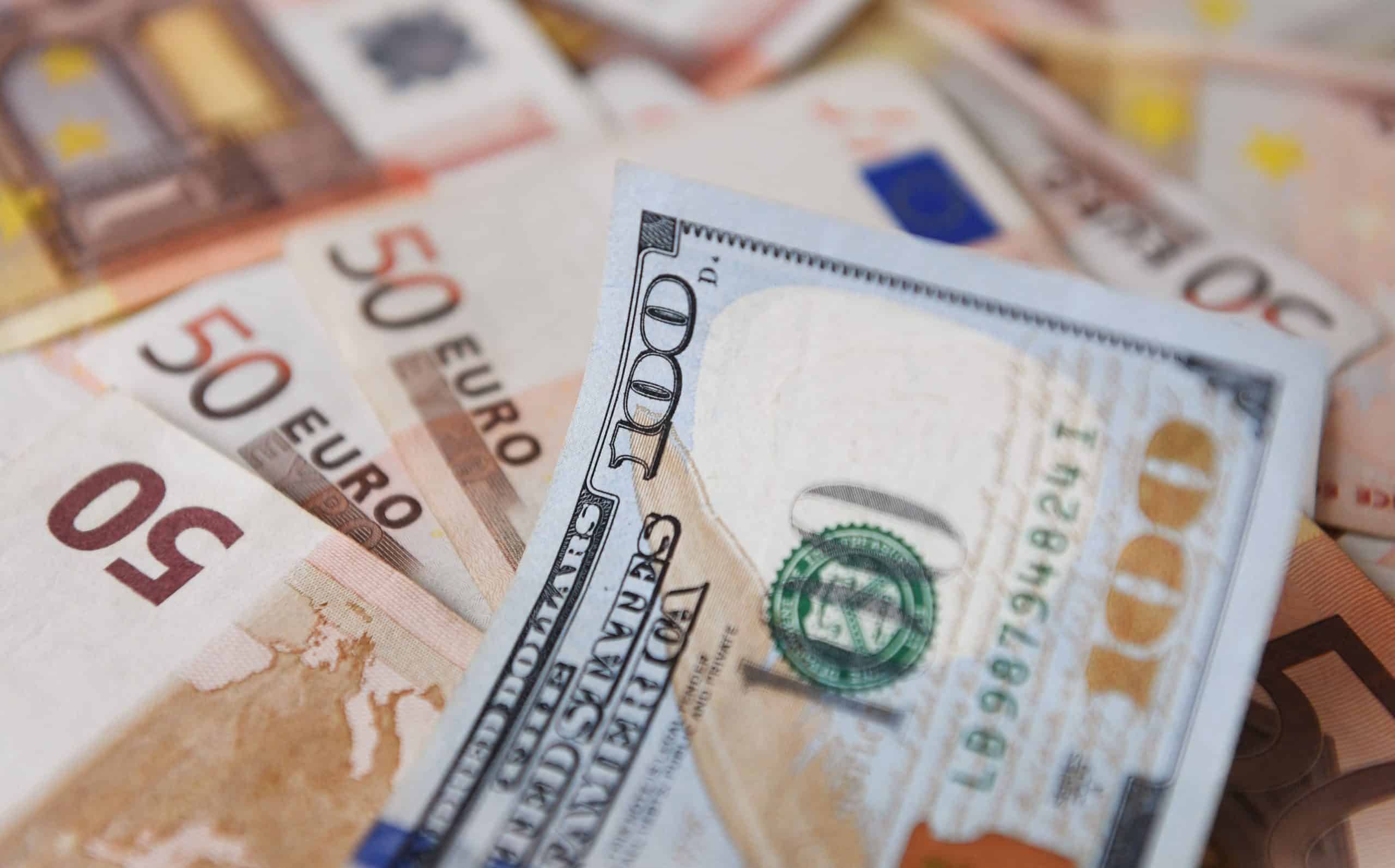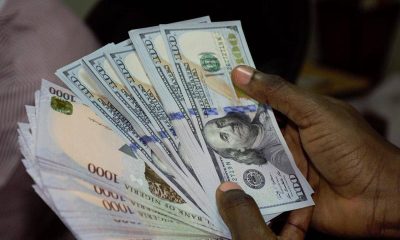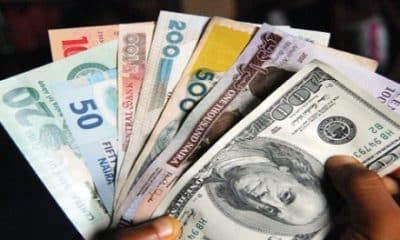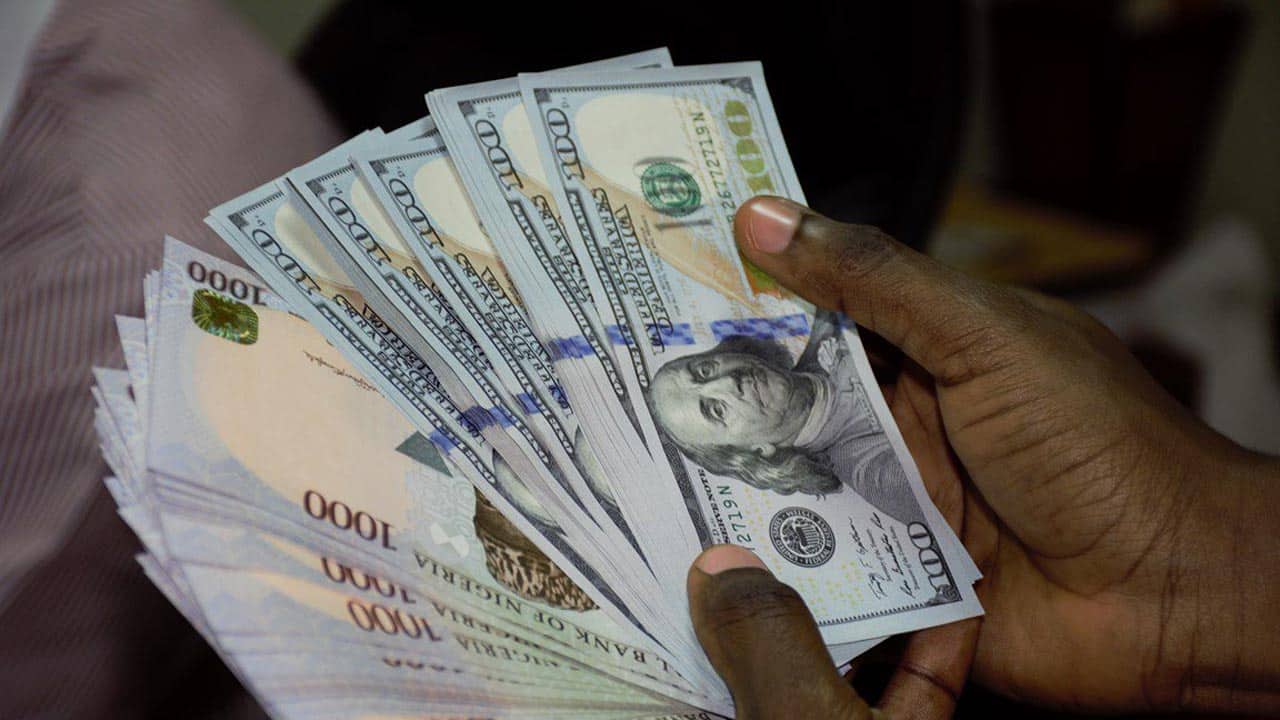Business
The Fall Of Euro Against Dollar: Who Are The Winners And The Losers?

The euro has just reached parity with the dollar. Why this fall in the European currency? And what are the consequences? Here are some answers.
How much is a euro worth in dollars?
The value of the euro has been falling for a year against the dollar. With 1 €, you could get 1.19 dollars a year ago. Today, with 1 €, we only have 1 dollar. This Wednesday, July 13, 2022, the euro even briefly fell below the symbolic threshold of one dollar.
In other words, the European currency has lost 15% of its value. It regains its level of 2002, the year of its entry into circulation.
Why is the euro falling?
To understand, you have to go into the mechanics of currencies. They vary between them notably under the effect of capital movements. Currently, we are seeing transfers from Europe to the United States,” observes Patrick Artus, economic adviser to Natixis. Investors (insurance companies, pension funds, etc.) sell the euro to buy the dollar, which causes the European currency to fall and the American currency to rise.
Why are investors selling their euros?
The capital goes where the “bonds” (state debts), in particular, bring in the most. A ten-year US debt security today offers an average interest of 3%, twice that expected in Europe. And the gap should widen. This is explained by a different level of intervention by central banks on either side of the Atlantic. To curb consumption and inflation, they increase the interest rates they control. But the financial markets anticipate a lower rate hike from the European Central Bank than from the US Federal Reserve,” notes Patrick Artus. This movement towards American securities is accentuated by the war in Ukraine. The threat of a Russian gas cut poses a risk to growth in Europe.
Who are the losers of the fall of the euro?
First, the consumers. A large part of the products consumed in Europe are imported and often purchased in dollars, even from China. As the euro loses its value, products are more expensive in European stores. This is the case for gasoline, agricultural raw materials, electronic products, washing machines… The fall of the euro, therefore, contributes to inflation. Of the 8.6% inflation in Europe, about two points are due to the depreciation of the euro. European travellers, who are going to the United States this summer, will also see their purchasing power reduced.
And the winners?
Tourist attractiveness, particularly French, should be accentuated by the rise of the dollar against the euro. With increased purchasing power, foreign tourists will be inclined to spend. Export industries should also do well, aeronautics, for example. Airlines buy their planes in dollars. As the purchasing power of the greenback appreciates, the price of Airbus, based on salary costs in euros, will fall for customers.











